Living Laboratories
ALFAwetlands HORIZON project, supported by the European Union, is focusing on the various kind of peatlands, wetlands and floodplains across the Europe. The project is multinational and it includes 10 EU countries. The Living Laboratories (Labs) are fundamental for ALFAwetlands project. One of the ultimate goals of this project is to improve the geospatial knowledge base of wetlands.
Living Labs have a key role in supporting and integrating interdisciplinary research. Such research focuses on ecological, environmental, economic and social science at a local level. Project Living labs include 22 sites distributed in 10 countries.
Transboundary Living lab
There is only one transboundary Living lab in the whole network of Living labs. This Living Lab combines the cooperation of Fertö Hanság National Park in Hungary and Neusielder See – Seewinkel National Park in Austria.
The land surrounding these two areas is a unique landscape in Eastern Austria and Western Hungary, situated between the Eastern Alps and the Hungarian Plain. Alpine, Pannonia, Asiatic, Mediterranean and Nordic flora and fauna contribute to creating a fascinating biological melting pot.
The large number of species in this area is possible because of the variety of habitats: wetland areas with shallow sodic ponds, pastures, meadows, dry grassland, saline land and the lakes with vast reed belt. All these habitats form a fascinating mosaic. Moreover, the lake and its vicinity represent one of the most important stepping stones for birds moving between Northern Europe and Africa.

Reed belt as a focus habitat in Living Lab
This transboundary area is very special among the Living Labs. It is the only one counting with the vast reed belt. It grows around the Neusiedler See along the whole shoreline of the lake. This reed belt was selected as a main subject for the Austrian-Hungarian Living Lab project.
Reed, is a tall, slender-leaved plant of the grass family. It grows in the water on marshy land and creates a dense growth. Presence of reed in some extend indicates health conditions, not only of the region around but particularly along the lake shoreline. There was a period of time, when the wide flow of the river Wulka flowed through the reed belt. That wide river flow does not exist anymore. That change has also had a significant impact on the reed.
The Wulka river permanently carried sediments into the reed belt. These sediments piled up along the channels created during the reed extraction in the past and during the current regular restoration activities around the lakes shoreline. This led to the formation of longitudinal dams, which only allow the water to flow into the few openings.
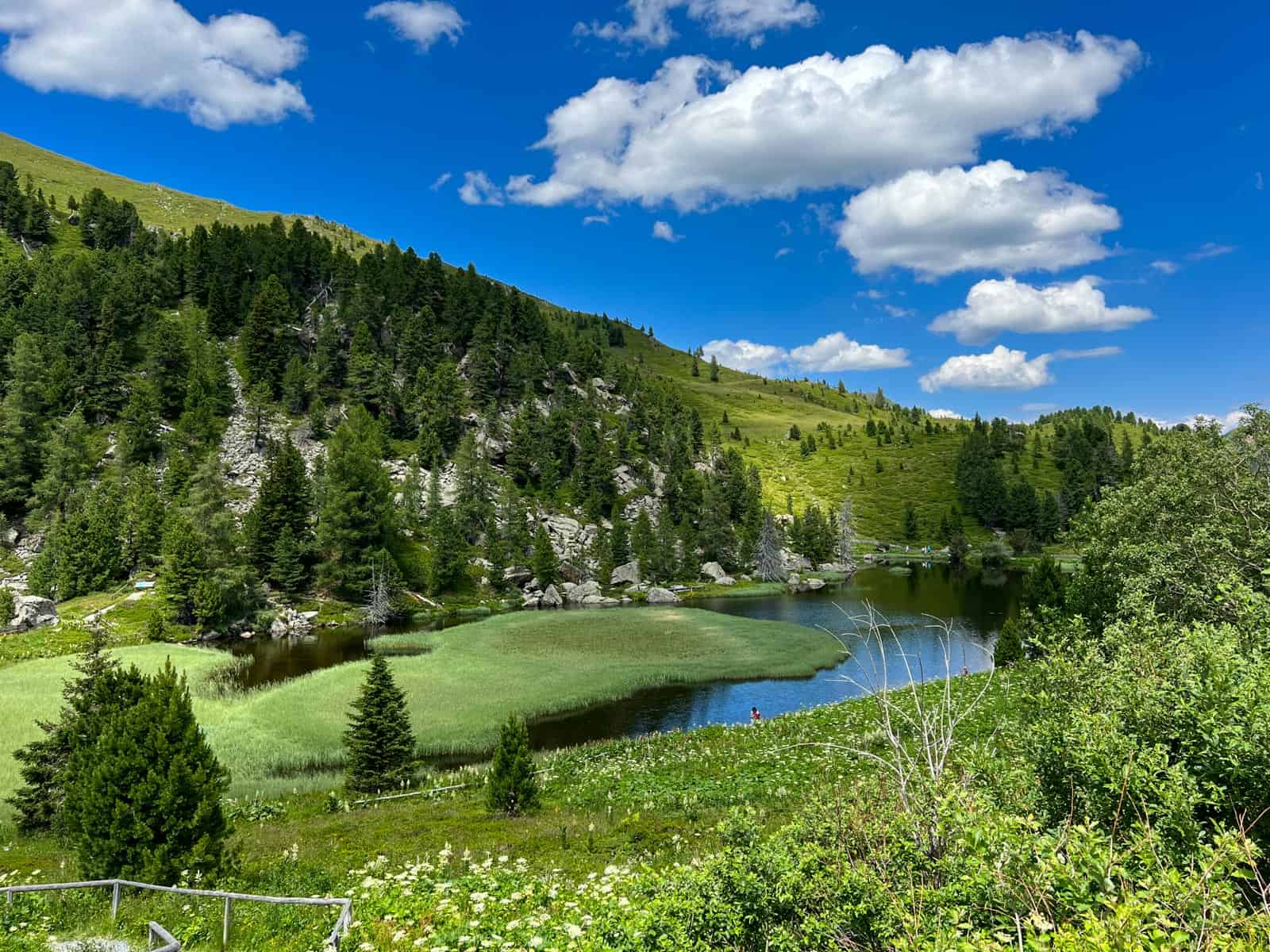
Flow of the river changed
About 40 years ago the river Wulka diffused and slowly flowed through the reed belt. Wulka was a dominant river with more pronounced processes such as the denitrification and phosphorous dissolution. Today, the river flows more rapidly and quasi linearly through the channels towards the open lake.
Reed belt presents itself as a mosaics of dense reed parts, young or old reed beds and open water areas. A wide band of a dense reed and higher amount of sediment covered is currently. It is found almost all around the open lake. The large open areas are mostly found inside reed belt.
The numerous artificial reed channels are breaking through this reed zone. These channels become at the same time preferred transport paths from the lake to the inner reed belt areas. Along these linear structures, large areas of fine particles, i.e., inorganic particles as well as plant and animal plankton are created. At the same time, the channels are also migration routes for fish.
Summary
The Austrian-Hungarian Living Lab is a very unique member of this European Living Lab network. Not only because it is the only transboundary Living Lab in this network, but also because of a very unique and specific subject – reed belt, this Living Lab has to deal with.
A living lab, or living laboratory, is a research concept, iterative, open-innovation ecosystem, often operating in a territorial context (e.g. city, region or campus), integrating concurrent research and innovation processes within a public-private-people partnership. Co-creation process is important part of Living lab system

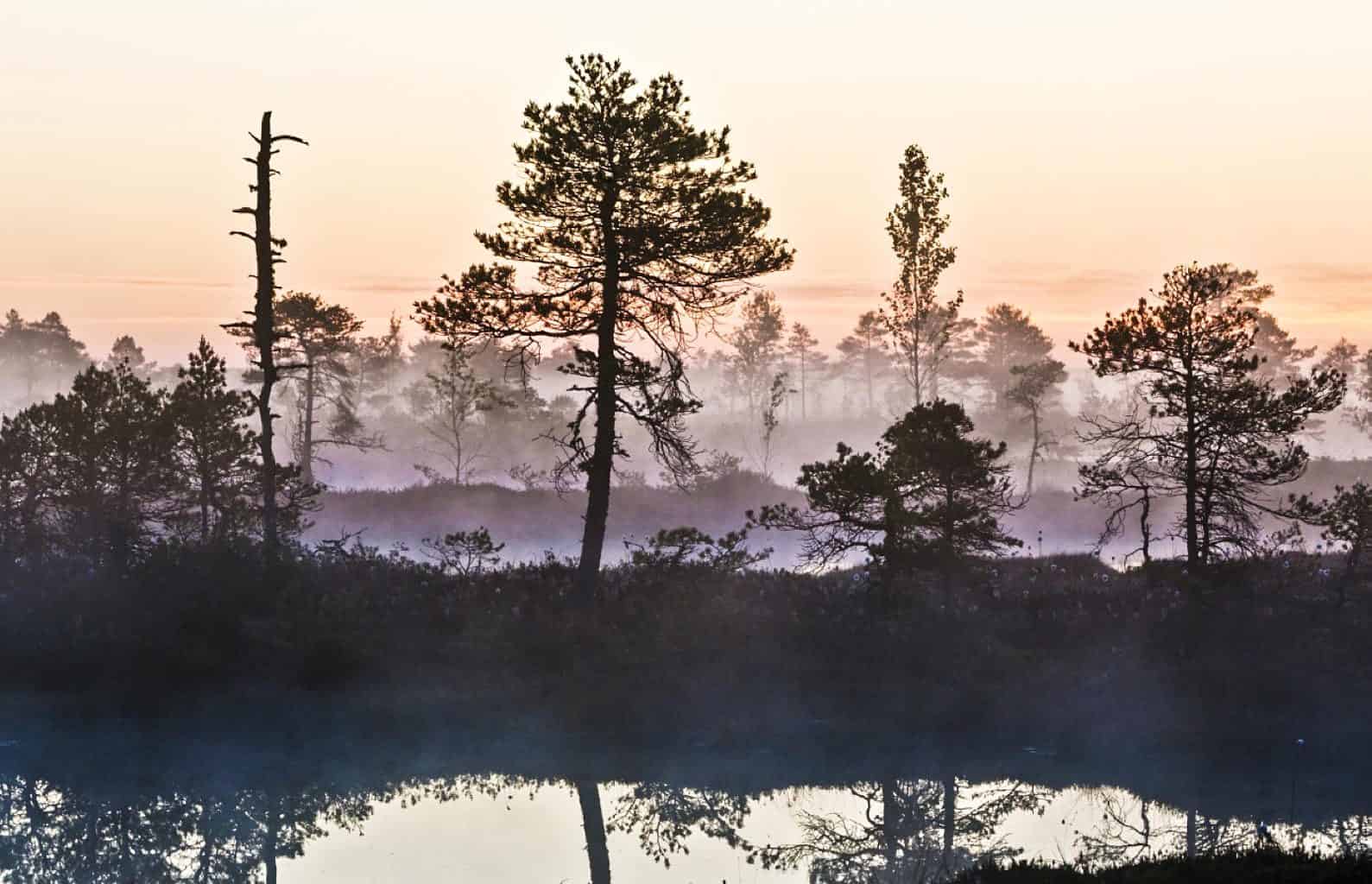
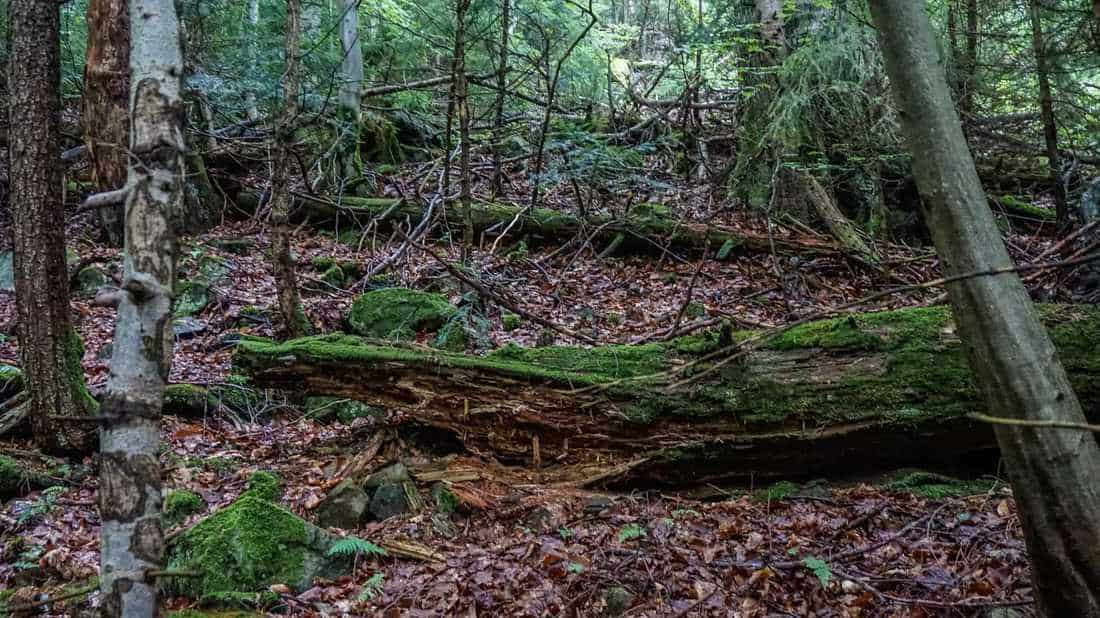
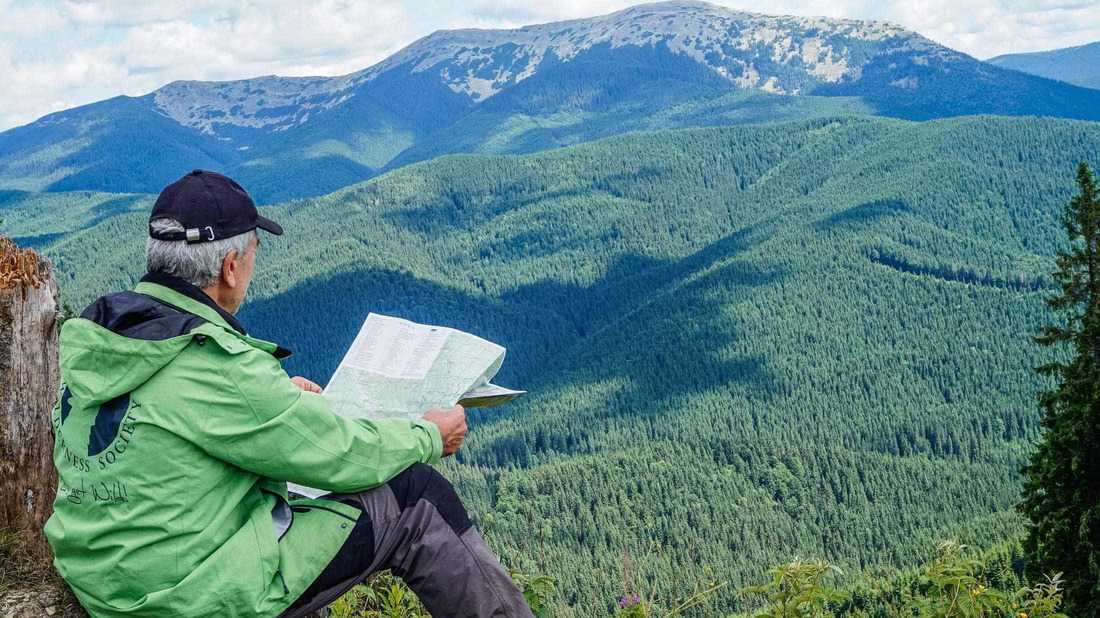

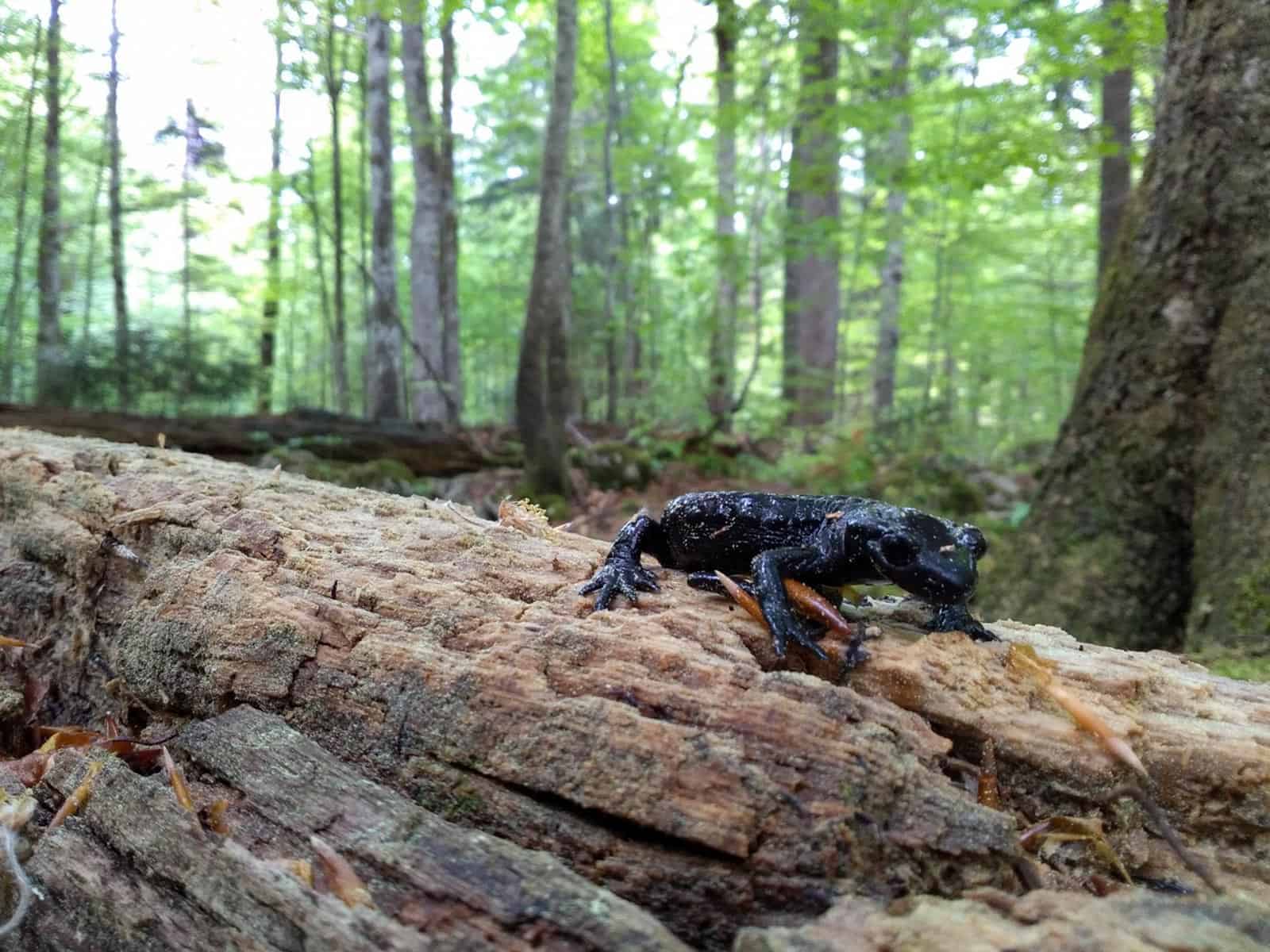



Pingback: Birds monitoring on Austrian-Hungarian Living Lab - ALFAwetlands